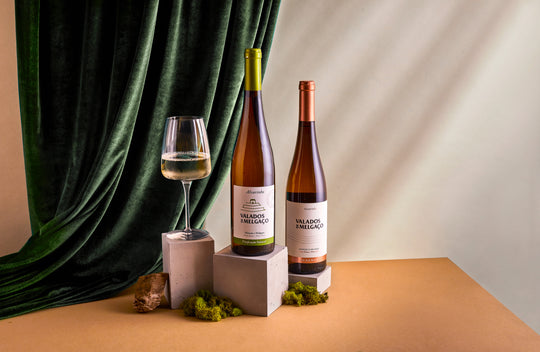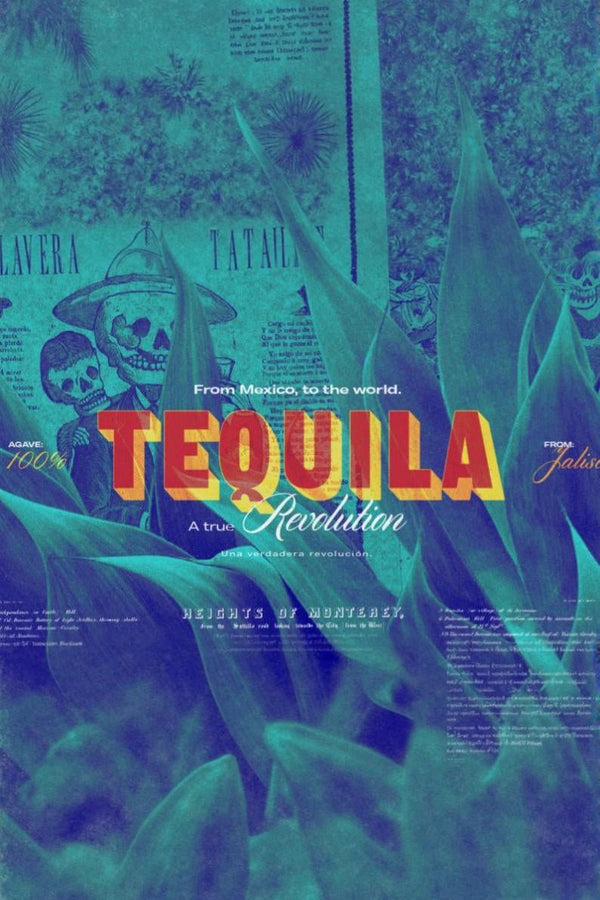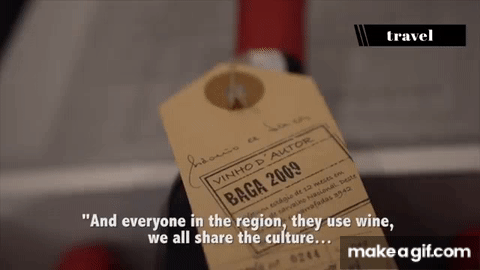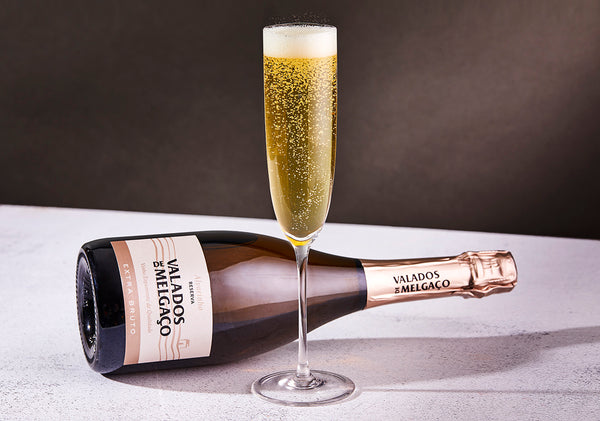What Does Stumptown’s Million-Dollar Coffee Tastes Like


A lot goes into those few moments you spend with your coffee in the morning.
How much do you care where your coffee comes from? Whether it’s a little or a lot, its source and overall journey can completely change the experience that sits in your hands at breakfast. There are some people in this world that want this experience to be so good that they would do whatever it takes. Not at the cost of ethics, though.
This is where coffee companies tend to be split down the middle. On one side, you’ve got well- established coffee companies like Starbucks who have become so popular you have to wonder how they keep their sourcing process sustainable and ethical.
On the other side, you’ve got independent coffee companies that won’t grow too big for a reason. And that reason is what the other team struggles with – sustainability and ethics. On this side, you’ve got people who want to put as much into connecting with the person they source their coffee from than they do into the coffee itself.
Stumptown happens to be one of these coffee companies, sitting comfortably on the right side. Now, contrary to what you may be thinking, Stumptown is well established. It’s long since expanded from its hometown of Portland, Oregon, now boasting locations along with modish cafes in Brooklyn, Seattle, and Los Angeles.
Stumptown might have hit a hipster wave of religious coffee followers, but it’s not letting this get to its head.
Where they source their coffee from is all Stumptown seem to talk about. Luckily, Stumptown’s customers only want to hear more. They don’t call the people who cultivate their coffee beans farmers – they refer to them asproducers. They give credit where it's due and believe in applauding the person behind the plant. They see their producers as production experts and consider them to be the sole reason why their coffee is so good.
Stumptown understands that producing high-quality coffee as you've never experienced before starts at the very beginning when the plants are first bedded into the soil. Stumptown is famous for their single-origin coffees, which takes us across four different continents.
The craftsmanship, skills, and expertise lie in the hands of the person planting the coffee tree. Stumptown’s producers plant and then pick the cherry when they believe it to be ripened to perfection.
Once they’ve removed the outer layer of berry, they let the beans rest. Stumptown celebrates each unique and vital role in the coffee producing process. They understand that each person’s part in this coffee making journey is critical and sees all their producers equally.
Some of Stumptown’s producers use traditional methods of coffee making that are ingrained in their culture and have been used for centuries.
Stumptown acknowledges that this leisurely method of making coffee doesn’t necessarily align with the Western culture’s need for it. We need it, and we need it now. However, we might think differently if we knew what was required for that perfect cup.
The Stumptown coffee buyers are called the Green Team members. These people sit down around a campfire or in the home of a producer and talk about the year’s crop. They have met with these producers many times because they have slowly been working on building long-lasting relationships.
The Stumptown Green Team meets with its coffee producers individually as many times as possible. This can mean making trips to meet up to three times a year. Throughout these journeys, they are incessantly tasting and roasting the coffee, ensuring its quality time after time.
Ethics is more than talking face to face with the people that make up your company. The Green Team regularly pay their coffee producers up to four times what they could get for their annual crop on the commodity market. In return, they ask them to be pedantic and meticulous about each and every yield.
So, what does Stumptown’s million-dollar coffee taste like, then?
To know the answer to this, you’d have to try all four varieties. In the words of Stumptown themselves, there isn’t just one type of coffee – there’s a family tree’s worth of coffee. Similar to how different types of grapes can produce different tasting wines, so can the variety of the coffee bean determines the taste of the coffee.
Stumptown has whittled hundreds of coffee varieties into what they believe to be four of the best choices:
Bourbon: they call this the Pinot Noir of coffee. The plants that produce the Bourbon variety are fragile which means they don’t produce nearly as many berries. What they do come up with, though, is worth the effort. The flavor is classic and lush – it’s the coffee of coffee. Whether you’re a snob or
an amateur, you can get on board with the Bourbon variety.
Villalobos: this coffee variety is delicate, floral and sometimes even a little bit citrusy. Dutch traders brought this strain to Indonesia in the 1600’s. It has a subtle, high acidity which brings out flavors of stone fruit, including plums and apricots.
Gesha: this type of coffee is described as being from another dimension altogether – a bold statement in itself. Gesha is a picky strain that can only grow in very particular microclimates. This makes it desirable and otherworldly.
Ethiopian Heirloom: this wildflower variety is mysterious, a random wildcard that is derived from the natural coffee forests found in Ethiopia. Each village held onto its own, precious strain which has been handed down through the generations. Each of these depended heavily on soil and climate for cultivation.
Drink Divine at Stumptown
Stumptown loves great coffee. They know, however, that great coffee doesn’t grow next door. Stumptown’s way of making coffee is not the fast way or the easy way. But when it comes to being sustainable and ethical, it’s the right way. All these factors come together to produce an end product that is easily one of the best coffees available.












